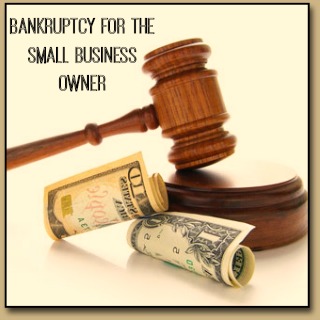
Bankruptcy Options For Small Business Owners
What bankruptcy options are available for the small business owners
For businesses whose financial output is consistently exceeding their profits, repaying debt can become an overwhelming dilemma. When you reach the end of your rope, bankruptcy can be a lifesaver that allows you to regain control of your finances, stay in business, and move forward with a clean slate. Small businesses have more options than large corporations do, and an experienced bankruptcy attorney can help you decide which would be best for your situation.
Chapter 13
Chapter 13 bankruptcy isn't available for businesses operated under a partnership, for corporations, or for LLCs, but it is available for sole proprietorships. Chapter 13 is usually the easiest form of bankruptcy for a small business to restructure debt and get back to operating in the black. All of your debts will be turned over to a trustee, who will negotiate new repayment terms with your creditors, and distribute your court mandated monthly repayment contributions as they see fit.
The main drawback for a sole proprietorship wishing to file for a Chapter 13 bankruptcy is that it carries a debt limit of $383,174 for unsecured debt, and $1,149,525 for secured debt. If your debt exceeds these amounts, but you wish to restructure your debt, Chapter 11 may be the solution.
Chapter 11
Chapter 11 bankruptcy is intended to help corporations and other bigger businesses restructure their debt and continue operating. It’s a much more complicated form of bankruptcy, and it takes longer to work through the process. Some of the benefits of a Chapter 11 bankruptcy are that you are not subject to a trustee, and you will be allowed to retain some disposable income. If your small business does not meet the requirements of a Chapter 13 restructuring, then Chapter 11 would be your only bankruptcy option. Working with the right attorney will make the process go more smoothly and reduce the amount of time and expense you’ll have to spend on your case.
Chapter 7
For businesses who have no hope of continuing past their bankruptcy, there’s no reason to restructure their debt. It’s better to cut losses and file for a Chapter 7 bankruptcy, which all types and sizes of businesses are eligible for. In a Chapter 7, all of your business assets will be liquidated in order to repay creditors. However, only sole proprietorships can discharge debts in a Chapter 7 because the Chapter 7 discharge is only available to individuals.
Check out these great sections
